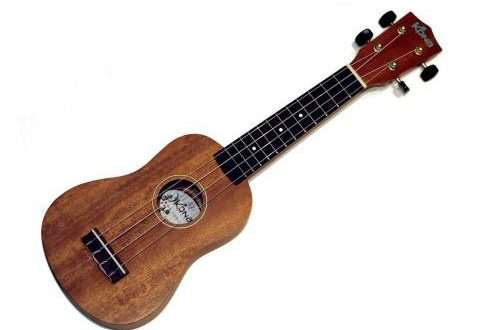
Hybrid pianos – what’s so special about them?

Hybrid instrumentsis a completely new generation of instruments that combine traditional acoustic and digital piano into one. Ever since the digital piano was invented, manufacturers have sought to create an instrument that would provide the same playing experience as an acoustic piano. Over the years, they have refined their technologies in this direction in order to achieve the best results. The keyboard is made of the same materials and uses the same dynamic mechanisms as in acoustic instruments. The voices of these instruments are replicated from the best of the legendary concert grand pianos. This combination of acoustic and digital technologies makes up the most refined hybrid instruments.
Not only the sound is at the highest level, but also what happens to it next, namely its reverberation or reverberation. Wooden keys set real hammers in motion, which move in the same way as in acoustics, which can be observed when playing with the lid raised. There is one element that surpasses even a high-end concert grand piano, it allows faster repetition than acoustics.
Of course, these instruments are packed with dozens of various simulators designed to reflect an acoustic instrument as faithfully as possible. For example, we’ll just give you a few of them, such as: a flap simulator, string resonance, faders or overtones. You can tune and intonate these instruments by yourself in just minutes to your liking. We can also adjust the sensitivity of the keys to our preferences. All this means that hybrid instruments provide an authentic playing experience that is virtually indistinguishable from those available when playing an acoustic instrument. We currently have several manufacturers on the market that produce these instruments. The most serious players on the market include Yamaha with the famous AvantGrand and NU series, Kawai with the CS and CA series, Roland with the flagship digital piano V-Piano Grand and the more accessible LX series, and Casio, who recently partnered with Bechstein to create the GP series together. .
The uniqueness of these instruments results from a successful attempt to combine traditional technology with the latest technological achievements. It is doubtful that in the next few decades Chopin competitions will be held with the use of these instruments, but they are more and more often used in private music schools. For someone who learns to play and wants to have a digital instrument, for example, to be able to practice without disturbing anyone around, a hybrid piano is the best solution, because we not only have a great keyboard and sound, but we can also connect headphones as in an ordinary digital piano. High quality, precision and the use of the latest technology must cost money, which is why it is one of the most expensive groups of instruments. The price of a hybrid piano is similar to the price of an acoustic piano and starts from a dozen or so thousand zlotys to several dozen. The more affordable ones include: Kawai CA-97, Rolanda XL-7, Casio GP-300. The more expensive ones include the Yamaha NU and AvantGrand series and the Roland V-Piano Grand, the price of which is close to PLN 80. Hybrid foams, as befits the highest class instruments, are made of the highest quality materials, and their appearance is full of style and elegance.





